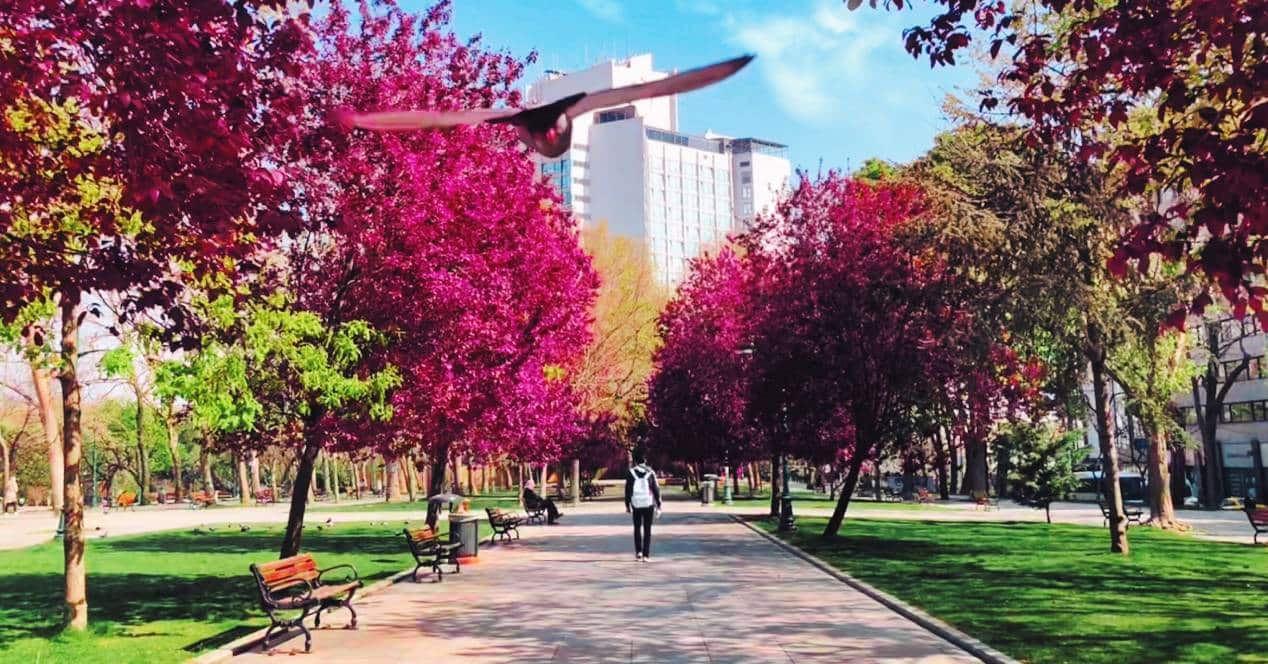
Finding time to enjoy a city park isn't just a nice lunchtime jaunt: A recent study suggests that sweet strolls could help us live longer.
Published in the Lancet Public Health magazine, a review of nine World Health Organization (WHO) studies, involving more than 8 million people, looked at green spaces and all-cause mortality. It was found that there is a significant association between exposure to parks in urban areas and better public health.
The researchers found that for every 0 increase in a green space near a person's home, there was a 4% reduction in premature death. This was noticeable in all countries, including the United States, China, Spain, Australia, Canada, Italy, and Switzerland.
There is no doubt that the message of this study is to point out that green areas are good for health, and people who live in greener areas live longer.
Green space can reduce stress and improve mental health, which can lead to increased physical activity and social contacts, reduce air pollution, noise and greenhouse gas emissions, water pollution, disease and mortality general. All this improves our immune system, so it also translates into a longer and healthier life.
Green spaces, but with biodiversity
The next step is to investigate what kind of green spaces tend to work best. For example, researchers should look at the effects of grass and tree-lined streets compared to larger park areas. People generally like spaces that have some biodiversity and a certain level of tranquility, and being able to spend at least a few hours a week in such an environment is likely to have the greatest benefits.
Of course, adding physical exercise can increase those effects. A study, published in the Journal of Applied Biomechanics, found that outdoor cycling resulted in lower perceived exertion and even a different pedaling cadence.
Another study showed similar results, concluding that outdoor cycling allows cyclists to exercise at a higher intensity without feeling like they are working harder to do so. And that can be just as effective for any type of exercise, since feel more connected to nature it can increase motivation, improve mood, and even change stress-related physiological mechanisms. For example, walking in a forest setting has been shown to lower blood pressure, reduce pulse rate, and lower blood pressure levels. cortisol, which is the hormone most related to stress.